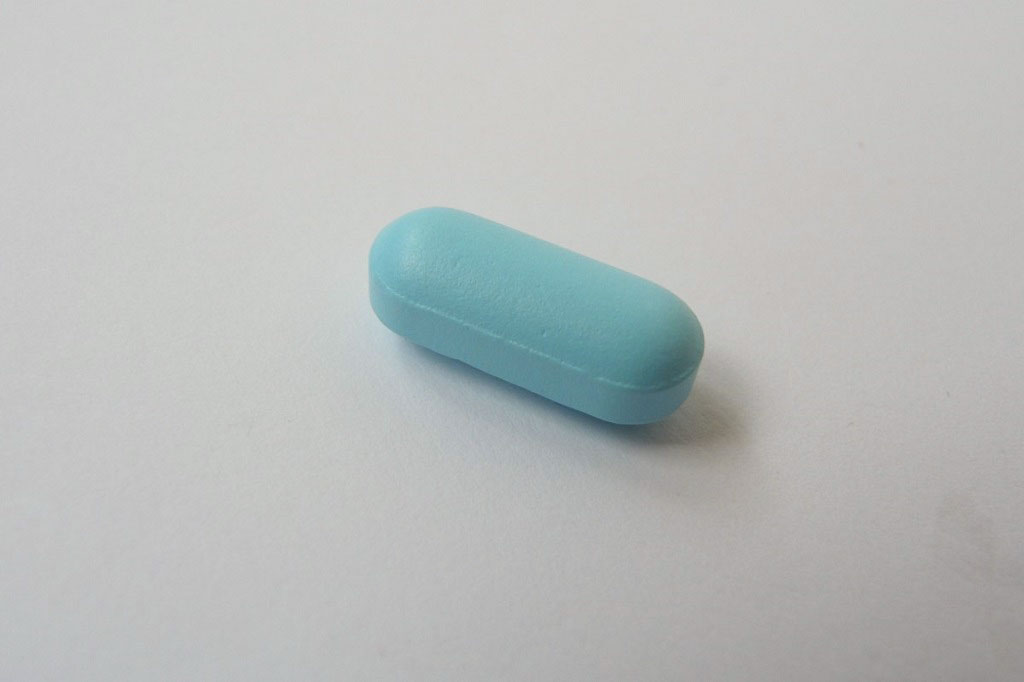New TB vaccine investigated
Heart and lungs
A “new vaccine offers hope of a tuberculosis breakthrough”, reported The Independent today. The newspaper said that the existing vaccine against TB (the BCG vaccine) "provides some protection against childhood...
A “new vaccine offers hope of a tuberculosis breakthrough”, reported The Independent today. The newspaper said that the existing vaccine against TB (the BCG vaccine), “provides some protection against childhood forms of the infection, but is unreliable against the adult lung disease, which is steadily spreading”.
In this laboratory study, researchers genetically engineered non-TB bacteria so that when they were injected into mice they primed the mouse immune systems to recognise and fight off the tuberculosis (TB) bacteria that cause disease. The modified bacteria, which were less virulent than TB bacteria, had some of the genes that enabled them to cause disease removed, and replaced with the corresponding genes of the TB bacteria. These bacteria were then found to trigger an immune response that allowed the mice to fight off subsequent infection with the TB bacteria, without causing infection itself.
This is promising early research, but the researchers highlight that more research is needed to understand the underlying mechanism of how this immune response works. Much further testing in mice is needed before this vaccine could be considered for testing in humans.
Where did the story come from?
The study was carried out by researchers from the Howard Hughes Institute and the Albert Einstein College of Medicine, New York in the US. Funding was provided by the US National Institutes of Health, and the Bill and Melinda Gates Foundation Collaboration for AIDS Vaccine Discovery.
The study was published in the peer-reviewed journal Nature Medicine .
The research was covered comprehensively and accurately by BBC news and The Independent gave a good review of the research. Both highlight that it is not yet known whether this vaccine would work in humans.
What kind of research was this?
The aim of this research was to develop a vaccine in mice that could protect them against the tuberculosis TB bacterium Mycobacterium tuberculosis.
The only vaccine that is in current use to protect against TB is the BCG vaccine. BCG is not always effective, and in some countries that have the highest rates of the disease, the researchers say the vaccine actually has a “low or immeasurable efficacy”. In addition to this, any benefit to be had is further limited by the fact that the live vaccine, a weakened form of cow TB, can cause an infection in babies with HIV. As areas with a high rate of TB also often have high rates of HIV, this is another serious limitation of the BCG vaccine.
What did the research involve?
The researchers were interested in a group of genes called ESX-3, which are thought to be partly responsible for the high virulence (ability to cause disease) of tuberculosis bacteria (Mtb). Previous studies in which TB bacteria have been grown in petri dishes in the laboratory have shown that these genes are essential for growth. Bacteria that had these genes removed through genetic engineering could not grow.
The researchers therefore developed a different bacterium that shares some similar features with Mtb called Msmeg. They developed it to grow without its versions of these genes. They called this genetically modified bacterium that did not contain the ESX-3 genes ‘IKE’ (immune killing evasion) as it was not able to evade the mouse immune response that could kill this bacteria. The researchers then put the ESX-3 genes from Mtb into the IKE bacteria, and called the new bacterium ‘IKEPLUS’. The idea was that the IKEPLUS bacteria would still be killed by the mouse’s immune system, but as they contained the ESX-3 genes they would also prime the mouse against the Mtb bacteria that cause the disease.
The researchers then compared the ability of the IKEPLUS bacteria to protect mice against Mtb with the ability of the BCG vaccine and a sham vaccine. Testing of the effectiveness of the vaccines took place at one month and eight weeks after infection with the disease.
What were the basic results?
The researchers first injected the mice with normal non-genetically modified Msmeg. This bacterium is generally not considered pathogenic (disease causing) but giving the mice a high dose through an intravenous injection proved fatal within seven days. They then injected other mice with IKE (the genetically modified version of Msmeg that had its ESX-3 genes removed). All of the mice injected with IKE managed to clear their bodies of the IKE bacterial infection.
The researchers then injected the mice with IKEPLUS. Although the ESX-3 genes from the Msmeg bacteria and the Mtb bacteria were similar (between 44 and 85% homologous), the IKEPLUS bacteria (which contained ESX-3 from Mtb) were rapidly cleared from the tissues of the mice. This showed that the addition of the ESX-3 genes from the Mtb bacteria to the IKE bacteria did not restore its virulence.
The researchers then wanted to see whether the IKEPLUS bacteria would protect mice against subsequent exposure to Mtb. They injected one group of mice with IKEPLUS, another with a sham vaccination and another with the BCG vaccination. Eight weeks later they exposed all of the mice to a high dose of Mtb. The average time to death was 54 days for the sham vaccinated mice, 65 days for the BCG-immunised mice and 135 days for the IKEPLUS-immunised mice.
In the previous experiments, the researchers had injected the vaccines directly into the blood stream of the mice. In this study, they wanted to see whether IKEPLUS could be used as a vaccine that was injected under the skin. They were also interested in trying to mimic a more natural acquisition of the TB bacterium (up until this point they had injected the mice with Mtb). They therefore gave the mice either injections with BCG or IKEPLUS under the skin and a month later exposed the mice to Mtb using an aerosol spray.
The mice immunised with IKEPLUS had an average (mean) survival of 301 days compared with 267 days with BCG, but this difference was not significantly different. The researchers did find, however, that after 25 weeks the bacteria level in the IKEPLUS-immunised mice remained the same as at the time of infection but it had increased in the BCG-immunised mice.
How did the researchers interpret the results?
The researchers say that their research demonstrates a major role for the ESX-3 genes of the Msmeg bacterium in modifying the mammalian host immune response. They claim to have “generated a new and highly effective candidate vaccine for tuberculosis”.
They say that the effect of IKEPLUS was most apparent when it was administered intravenously, but said that this is not a feasible way of carrying out standard vaccinations. They also say that after the intravenous inoculation only a small fraction (10- 20%) of IKEPLUS-immunised mice achieved long-term survival after being exposed to Mtb. Because of this, the researchers say that “further improvements will be needed to optimise the efficacy of IKEPLUS vaccination for the translational development (from animal to human) and implementation as a vaccine in humans”.
Conclusion
This encouraging research shows that a new genetically modified bacterial vaccine could prompt the mouse immune system to attack the usual TB bacteria that cause disease in humans. The researchers have pointed out that further research is needed before this vaccine could be tested in humans. In particular, they say that they need to understand fully how their vaccine stimulates the mouse immune system before knowing whether IKEPLUS could be a candidate vaccine.
This research is important as it might allow a new approach to the increasing problem of drug resistant strains of TB. It could also be used as a treatment for infants with HIV who, in areas with high HIV rates, cannot be offered the usual live BCG vaccine.
This is promising research, and what is required now is a great deal of testing and optimisation to determine whether this vaccine would be safe and effective in all groups of people, including those with HIV who are at particularly high risk of acquiring TB.






 Subscribe
Subscribe Ask the doctor
Ask the doctor Rate this article
Rate this article Find products
Find products








